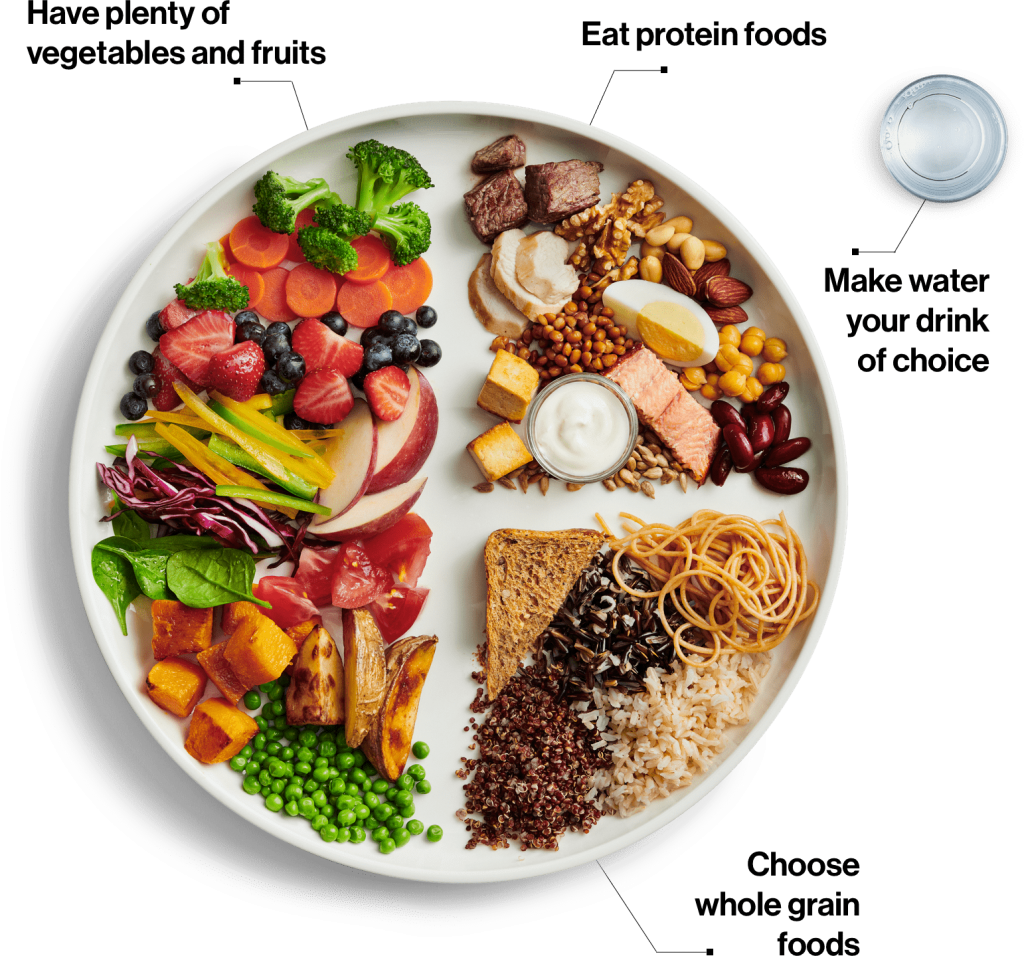 Haley Dang and Jean Sumbilla
Haley Dang and Jean SumbillaChanges to the Canada Food Guide reveal that Canadians don’t need to be getting as much bread as they think.
Released on January 20, the revison of the guide is a part of the Heath Canada’s “Healthy Eating Strategy.” The Government of Canada held public consultations for the guide, leaning away from food industry groups like in the past. The government will also be doing away with the food pyramid, and use a “healthy plate” as a guide instead.
The Gateway spoke with Sabina Valentine, a registered dietician and instructor at both the University of Alberta and MacEwan University, to talk about the major overhauls that have been made for the first time since 2007.
The Gateway: What are some of the big changes to the Canadian Food Guide this year?
Sabina: One is water. So they’re recommending that people… should drink water. This is done in part to help dehydration and also to decrease the
Another big change is they’re really promoting non-meat sources of protein, so plant-based sources of protein. So things like soy, legumes, kidney beans, chickpeas, sunflower seeds, nuts, things like that.
What are the roles of the four food groups in the new Canada Food Guide?
The new Canada Food Guide has gotten rid of the four food groups, they’ve come up with three food groupings, including the protein group, the grain group, and fruits and vegetables. So instead of having a recommended amount of portions and portion sizes, what they’ve got is a picture of a healthy plate. It shows what proportions of those food groupings you should have on your plate.
We now have a protein grouping in the Canada Food Guide which includes both the dairy products as well as the meat and alternatives. They are also recommending people to moderate their intake of red meat. This is because of the associations that red meat has with cardiovascular disease, type two diabetes, as well as colon cancer.
Another really big change to the guide is they are recommending that Canadians to eat less processed foods. That’s a great thing because these processed foods are high in sodium, saturated fat, salt, and sugar. They’re really unhealthy they increase your risk of cardiovascular disease different types of cancer, etc.
So they’re really recommending people ingest less of these foods and replace those foods with home-cooked whole foods, foods that have more vitamins and minerals and biochemicals that have
I heard there are more than just changes to the food we consume, what are some of the lifestyle changes included in the new guide?
So what the Canada Food Guide is trying to do is tell Canadians that eating behaviours also affect how healthy you are. For example, how you’re eating is going to determine the healthy choices you’re going to make. So that if we cook more of our meals, we’ll hopefully eat less processed foods. We’re also going to be eating healthier foods, so they’re really trying to emphasize making meals instead of people going out to eat, or using pre-packaged convenience foods just cause this will increase the nutrient density of the diet.
They’re also emphasizing that family and people eat together, this really contributes to the joy of our eating experience. It’s what eating really is about, connecting with our family, our friends, and enjoying that experience.
Another thing related to family meals as well research has shown there
Another food behaviour the guide is emphasizing is being mindful of when you’re full, when you still are hungry, listening to your body cues to eat, and also being aware of mindless eating. For example, eating when you’re bored or just automatic eating… Trying to get rid of that mindless eating and replacing with being mindful of your eating.
This is the first change since 2007, why do you think it took so long?
It’s been a long time coming, I definitely agree there. It’s difficult to make these recommendations because you’re trying to incorporate ideologies of many different cultures, trying to keep up with the scientific recommendations, so I think it’s been a challenging process for Health Canada and I definitely think they have to do it more often.
I think it’s great that they have updated it finally, I think the Canada Food Guide needs some massaging and tweaks. I’m really glad they have updated the food guide in line with the most recent scientific recommendations. It probably should have been done sooner but I also think it’s a huge amount of work to try and do that.





